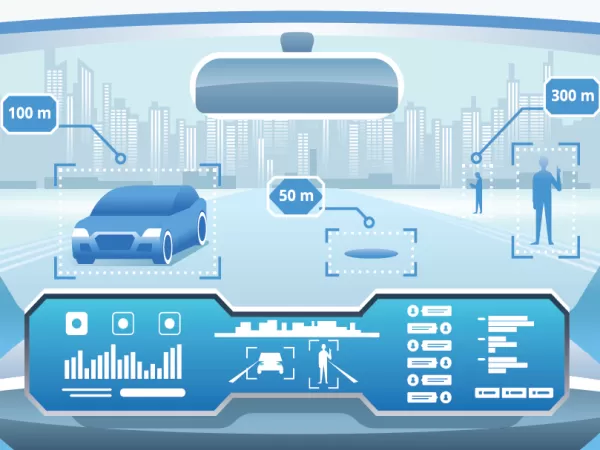The power of automotive digital cockpit domain controllers will double by 2030

The CDC's computing power will increase significantly in the next few years.
As vehicle lifecycles lengthen, automotive OEMs need to plan for customer support for years to come through regular OTA updates. To achieve this, a digital cockpit domain controller (CDC) with an architecture that supports long-term updates and maintenance is required.
According to a new report from ABI Research, CDC computing power will increase significantly in the next few years, with graphics computing power and deep learning processing power (used for artificial intelligence functions) in mid-market CDCs expected to double by 2030.
Vehicle OEMs are beginning to plan for support over the next few years, including software patches and bug fixes, as well as new value-added features for the driving experience. "This support and feature roadmap requires hardware and software architectures that can support continuous updates to the vehicle. OEMs need a system that can accommodate rapid, targeted updates of transportation vehicles with planned spending on computing power, software containerization, and robust hypervisors," explained Abu Miah, Smart Mobility and Automotive Analyst at ABI Research.
These can be met by chip vendors such as NVIDIA or Qualcomm with their high-performance system-on-chip (SoC) kits, as well as hypervisor and software specialists such as Blackberry QNX. The ecosystem has not yet fully adapted to OTA updates of hybrid critical systems such as digital cockpit domain controllers, and most OEMs are guessing at the computing power support required for several years, with few providing roadmaps of planned features to their silicon and Tier 1 partners.
The computing power of CDCs will increase significantly over time. The average floating point operations per second (TFLOPS) of mid-market CDCs is expected to rise from 1 TFLOPS in 2023 to 2.5 TFLOPS in 2030. “One of the main drivers of this growth is the installation of more and higher-resolution screens in vehicles to accommodate new high-end gaming and video-on-demand features,” Miah added.
Building a “future-proof” CDC is not as simple as just delivering computing power to a vehicle. “OEMs, Tier 1 suppliers, and silicon vendors must commit to building an ecosystem of hardware and software agnosticism, modular architecture, and collaborative software development if they want to meet customer expectations for updates, patches, and bug fixes in the consumer electronics space,” Miah concluded.